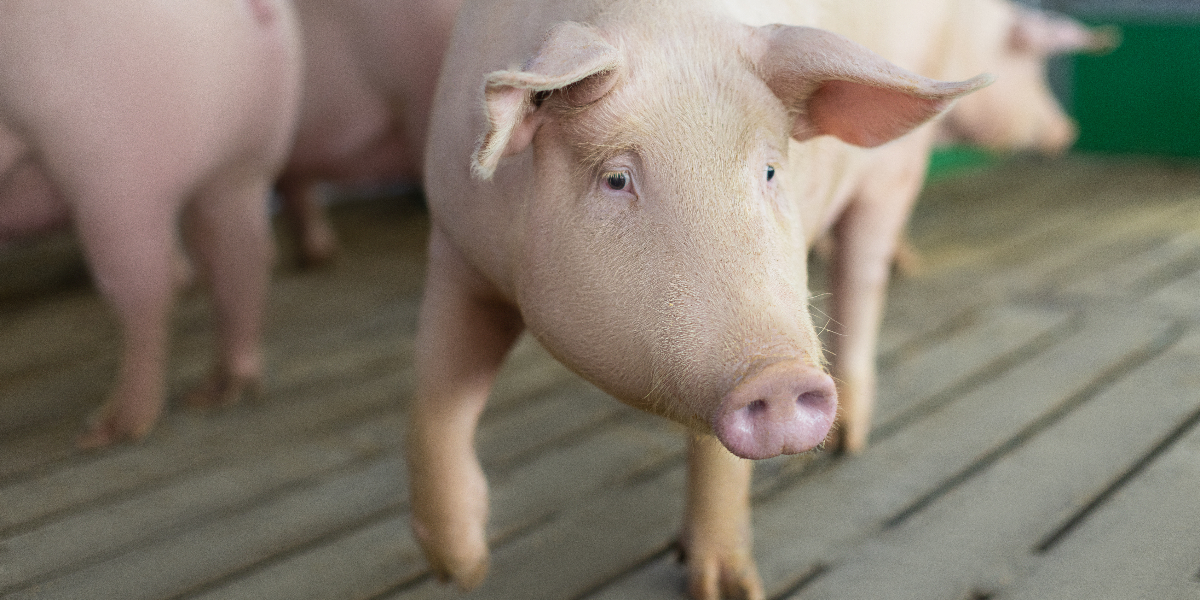In the last five years, sow mortality has been on the rise. Five years ago, the average sow mortality rate was around 5-7 percent, but it has climbed to around 10-12 percent today. Variation around the average sow mortality rate is very high as there are some swine operations that still operate with a rate of around 3-4 percent annually, while others are around 15-16 percent.
Sow lameness is the second leading cause of sow mortality and is responsible for around 25 percent of the sow mortality rate, according to the Iowa Pork Industry Center at Iowa State University. Sow lameness is multifactorial and results from many different causative agents. Injury, certain pathogens, and claw lesions all contribute to sow lameness. Claw lesions negatively impact foot integrity and may cause inflammation leading to pain or secondary infection.
Why is There an Increase in Sow Lameness?
Many contributing factors are behind the increase in sow lameness, including:
- Group housing requires the gilts or sows to move more to access feed and water; this results in an increase in the frequency and severity of swine claw lesions. When a sow becomes lame, she tends to have lower feed intake, decreased reproductive performance and, ultimately, exit early from the herd.
- Gilt selection is another contributing factor. The U.S. pork industry has been in the midst of expansion, which has resulted in a situation where gilts that may not have the ideal skeletal conformation are being placed in production. This lack of skeletal conformation may be contributing to the incidence of lameness in gilts and young sows.
- Claw lesions are commonly found on 15 to 40 percent of developing gilts, and inflammatory claw lesions cause pain and stress, directly impacting the performance of the sow and its longevity.
Improving Sow Nutrition Programs to Manage Sow Lameness
Managing sow lameness in terms of sow mortality starts with good gilt selection, followed by improving their nutrition. With the right partner and the right tools, you will start to see improvements in your herd.
Adding Zinpro® Performance Minerals® like Zinpro® Availa® Sow into a nutrition program has shown a reduced frequency and severity of swine claw lesions.
In a study conducted at the University of Minnesota, 119 crossbred sows were observed over two parities in individual gestation stalls. Sixty-two were supplemented with inorganic trace minerals and 57 were supplemented with Zinpro Availa Sow and inorganic trace minerals. Researchers used the Zinpro® Feet First® lameness evaluations to measure claw lesions at mid gestation in two consecutive parties.
The pigs fed Zinpro Availa Sow displayed a 15 percent reduction in hind limb lesions and a 36 percent reduction in sole lesions. Those pigs also had fewer total lesions (13 percent reduction) and fewer lateral claw lesions (14.2 percent reduction). Overall, feeding Zinpro Availa Sow drove a 16.5 percent reduction in sow lameness.
When proven nutrition is used in combination with effective group housing management strategies, the number of sows removed from the herd due to lameness can be reduced.
Together We Can Manage Sow Lameness
The Zinpro Feet First Swine Lameness Prevention Program focuses on swine wellness and helping improve the efficiency of pork production through the identification and prevention of lameness. Resources available through the Zinpro Feet First Program include a locomotion scoring system, claw lesion identification tips and claw trimming fundamentals.
To learn more about lameness prevention, visit our unique species page to find useful resources and additional information.

